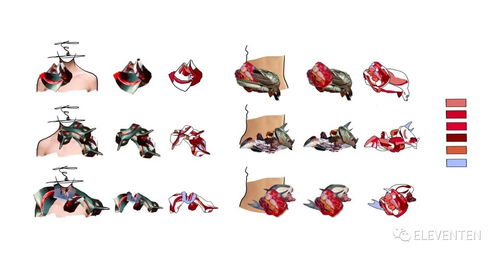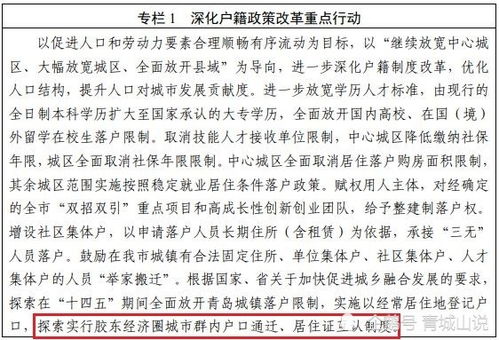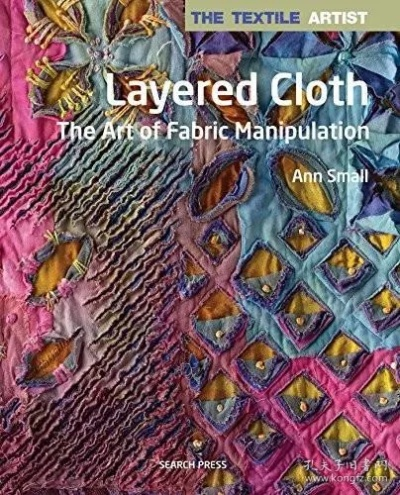The Impact of Incomplete Textile Industry Systems on Global Sustainability
The textile industry is a crucial sector in global economics, yet it is notably underdeveloped in terms of systemic sustainability. This paper examines the impact of incomplete textile industry systems on global sustainability. The analysis reveals that these systems are characterized by fragmentation and lack of comprehensive planning, resulting in inefficiencies, environmental degradation, and social inequality. Furthermore, there is a significant gap between the production and consumption of textile products, leading to waste generation and resource depletion. The study concludes by highlighting the need for concerted efforts to promote comprehensive textile industry systems that prioritize sustainability, efficiency, and equity.
Introduction: The textile industry is a cornerstone of global economic activity, providing essential materials for clothing, footwear, home furnishings, and more. However, the sector's incomplete systems can have significant implications for sustainability, environmental protection, and social responsibility. This essay will explore the challenges posed by incomplete textile industry systems and provide insights into how they impact the broader economy and society.
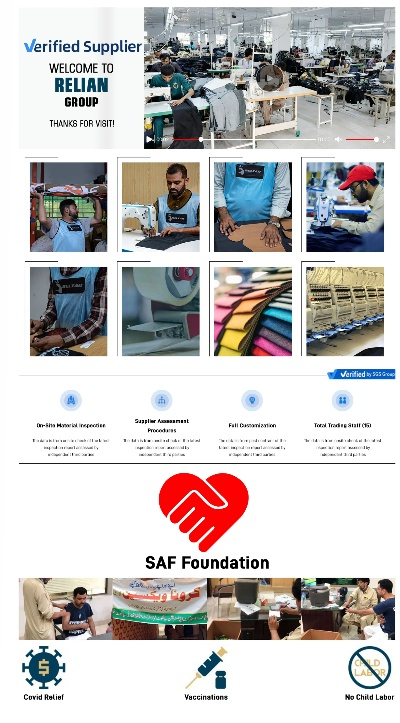
Impact of Incomplete Systemic Elements:
-
Environmental Impact: Incomplete textile systems often lead to excessive waste and pollution. The production of synthetic fibers, for instance, requires large amounts of water and energy, which can harm ecosystems and contribute to climate change. Additionally, the use of harmful chemicals during dyeing and finishing processes can release toxic substances into the environment.
-
Social Impact: Incomplete textile systems can also have negative effects on workers and communities. For example, low-wage labor in developing countries often results in poor working conditions, including long hours, low pay, and limited job security. This can lead to social unrest and exacerbate income inequality.
-
Economic Impact: The incompleteness of textile systems can hinder economic growth and competitiveness. When industries are not producing high-quality products or efficiently using resources, they may miss out on opportunities for innovation and expansion. Moreover, incomplete systems can limit access to markets and investment, further stunting economic development.
-
Cultural Impact: The cultural significance of textiles cannot be overlooked. Many traditional textiles are deeply rooted in local histories and traditions, representing heritage and identity. Incomplete textile systems can compromise these cultural values, leading to the loss of traditional knowledge and skills.
Case Study: One example of an incomplete textile system is the lack of sustainable practices in the apparel industry. While fashion has become increasingly eco-friendly, many brands still rely on non-renewable resources and toxic chemicals. This has led to concerns about the environmental impact of fast fashion and the potential for circular economy models that prioritize sustainability over profitability.
Another example is the underutilization of natural fibers in the textile industry. While cotton and wool are widely used, there is a growing interest in alternative sources such as hemp, flax, and organically grown silk. These fibers offer unique properties and potential for sustainable production, but they are often overlooked due to their lower market share and lack of awareness among consumers.
Conclusion: The incomplete textile industry systems have far-reaching consequences for both the environment, society, and economy. By addressing these issues, we can work towards a more sustainable future where textiles are produced with minimal impact on the planet and its people. It is up to policymakers, industry leaders, and consumers to collaborate and invest in innovative solutions that prioritize sustainability and social responsibility.
在当今全球化的纺织品行业中,我们观察到一个显著的问题——行业体系并不完整,这个行业涉及到多个环节,从原材料采购到生产、销售和品牌建设,每一个环节都需要健全的体系来支撑,当前纺织品行业的体系存在诸多不完整之处,这给行业的发展带来了诸多挑战。
纺织品行业是一个庞大的产业链,涵盖了从纤维原料、纱线、面料到服装、家居用品等多个领域,这个行业在全球范围内发展迅速,尤其在亚洲地区,其市场规模不断扩大,纺织品行业的体系并不完整,主要体现在以下几个方面:
供应链管理不系统
纺织品行业的供应链管理存在诸多不完整之处,许多环节缺乏有效的协调和监控,导致供应链中的信息传递不畅,资源配置不合理,原材料采购环节可能存在供应商管理不规范、质量控制不严格等问题,生产环节可能存在生产计划不合理、生产效率低下等问题,销售环节可能存在渠道分散、品牌建设不足等问题。
行业标准缺失
行业标准是行业发展的基石,纺织品行业的行业标准存在缺失现象,不同国家和地区对于纺织品的质量、安全、环保等方面的标准存在差异,导致同一产品在不同地区的市场表现不同,这不仅影响了产品的竞争力,还可能给消费者带来安全风险。
案例分析
为了更好地说明纺织品行业体系不完整的问题,我们可以结合一些具体的案例进行分析,以下是一个英文案例说明:
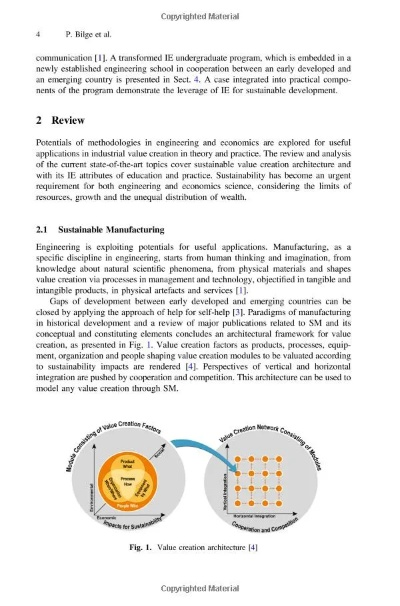
某纺织品公司供应链管理不完整
该纺织品公司面临的主要问题是供应链管理不完整,在原材料采购环节,该公司可能存在供应商管理不规范、质量控制不严格等问题,由于缺乏有效的协调和监控,原材料的质量难以得到保证,同时生产计划也可能存在不合理的情况,销售渠道也可能存在分散的问题,品牌建设不足。
行业标准缺失现象
某地区纺织品市场存在行业标准缺失的现象,由于不同国家和地区对于纺织品的质量、安全、环保等方面的标准存在差异,同一产品在不同地区的市场表现不同,这可能导致消费者在购买时面临选择困难,同时也给企业的品牌建设带来了挑战。
原因分析
纺织品行业体系不完整的原因是多方面的,行业内部的竞争压力使得各环节之间的协调和沟通变得困难,行业标准的不完善也是导致体系不完整的原因之一,政策法规的不完善、技术进步的滞后以及市场需求的多样化等因素也可能对行业体系的完整性造成影响。
解决方案与建议
针对纺织品行业体系不完整的问题,我们提出以下解决方案与建议:
加强供应链管理
加强供应链管理是解决行业体系不完整问题的关键,企业应建立完善的供应链管理体系,加强各个环节的协调和沟通,提高供应链的透明度和可追溯性,企业还应加强与供应商的合作,提高供应商的管理水平和质量控制能力。
完善行业标准体系
完善行业标准体系是解决行业体系不完整问题的长期战略,政府应加强行业标准的制定和监管,完善行业标准体系,企业也应积极响应行业标准要求,提高产品质量和安全水平。
加强政策法规支持
加强政策法规支持也是解决行业体系不完整问题的必要措施,政府应出台相关政策法规,支持纺织品行业的发展,促进行业体系的完善和发展,企业也应积极响应政策法规要求,加强自身建设和管理。
纺织品行业体系不完整是一个亟待解决的问题,只有通过加强供应链管理、完善行业标准体系、加强政策法规支持等措施,才能促进纺织品行业的健康发展,提高行业的竞争力。
Articles related to the knowledge points of this article:
